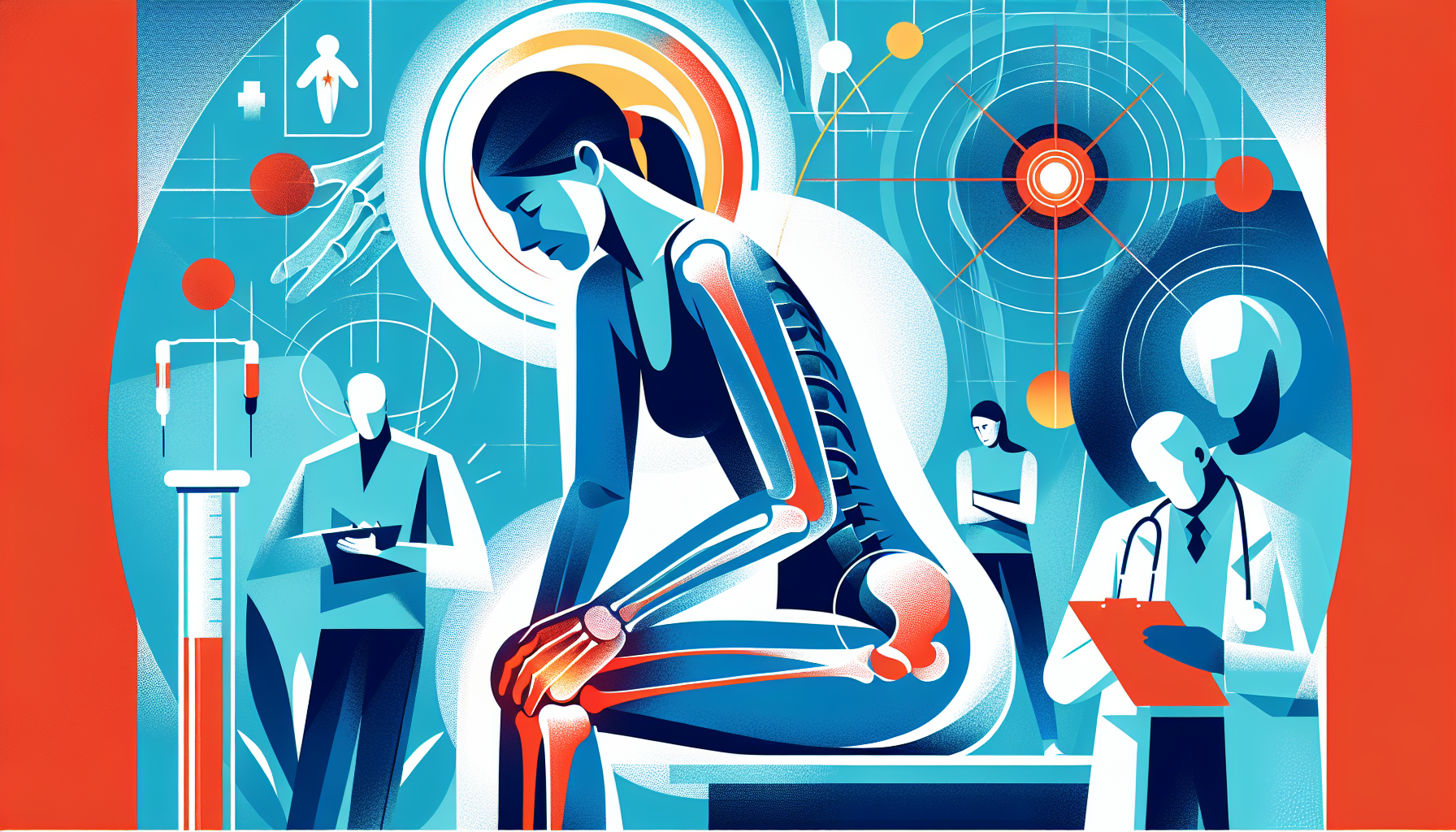Utah Becomes the First State to Let AI Handle Prescription Refills
Utah just made history: it's the first US state to let an AI system renew prescriptions on its own. The program covers people who are already taking medications for [...]
Read MoreIf you experience a sharp or dull pain in your lower back when standing up from a seated position, you might be dealing with sacroiliac (SI) joint pain. This common condition affects between 15-30% of people who suffer from lower back pain. In this article, we'll explore the causes, symptoms, and treatment options for SI joint pain to help you find relief.
The sacroiliac joint, or SI joint, is located on each side of your spine in your lower back. There are two SI joints in your body, and their primary function is to support the weight of your upper body when standing or walking and transfer that load to your legs.
SI joint pain can manifest as a dull or sharp sensation that originates in the SI joint but may radiate to other areas, such as:
Buttocks
Thighs
Groin
Upper back
The pain often occurs on only one side of the lower back and may be more noticeable in the morning, gradually improving throughout the day. Standing up from a seated position can also trigger the pain.

SI joint pain typically occurs when the joint becomes inflamed. Some common causes of SI joint inflammation include:
Sports injuries or falls
Repetitive stress from activities like jogging
Uneven leg lengths causing abnormal stride patterns
Damaged ligaments surrounding the SI joint
Arthritis, such as ankylosing spondylitis
Wear and tear of the cartilage covering the SI joint due to aging
Pregnancy-related hormonal changes that cause joint loosening and altered movement patterns
There are several treatment options available for managing SI joint pain, including:
Activity modification: Avoiding activities that exacerbate SI joint pain, as recommended by your doctor.
Pain medication: Over-the-counter or prescription pain relievers to manage discomfort.
Physical therapy: Exercises to improve strength, flexibility, and correct abnormal movement patterns. Therapists may also use ultrasound, heat and cold treatments, massage, and stretching.
Injections: Cortisone injections to reduce inflammation, nerve block injections to numb the affected area, or prolotherapy injections to tighten loose ligaments.
Chiropractic treatment: Adjustments to help relieve pain by manipulating muscles and joints.
Nerve treatment: Permanently damaging or freezing the nerve that sends pain signals from the SI joint to the brain.
Surgery: In rare cases, when other treatments fail, SI joint fusion surgery may be recommended to join the bones near the joint using pins and implants.
Most people with SI joint pain find relief through a combination of these non-surgical treatments. By working closely with your healthcare provider, you can develop a personalized treatment plan to manage your symptoms and improve your quality of life.
For more information on SI joint pain and its management, consult the following reputable sources:
Most people achieve significant improvement within 6-12 weeks using conservative treatments like targeted exercises, anti-inflammatory medications, and activity modifications. Joint fusion surgery is rarely needed, reserved only for cases where conservative care fails after 6+ months. If you're experiencing one-sided back pain that worsens with certain movements, Doctronic can help determine if this joint dysfunction might be the culprit.
Utah just made history: it's the first US state to let an AI system renew prescriptions on its own. The program covers people who are already taking medications for [...]
Read MoreUnderstanding Mounjaro and Its UsesMounjaro is a prescription medication commonly prescribed for managing type 2 diabetes. It belongs to a class of drugs that help regulate [...]
Read MoreUnderstanding Hydrocortisone Uses and DosagesHydrocortisone is a versatile medication primarily used to reduce inflammation and suppress the immune system in various [...]
Read More